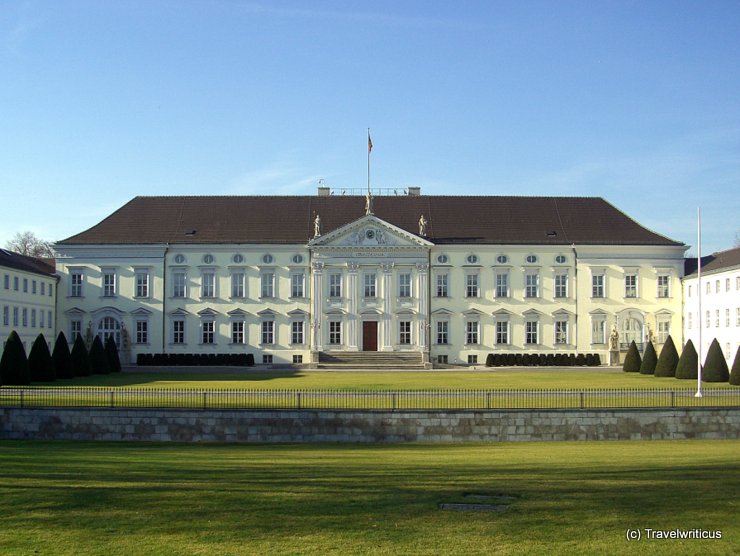
Designed by architect Michael Philipp Boumann, Bellevue Palace (Schloss Bellevue) was erected in 1786 as a summer residence for Prince Augustus Ferdinand of Prussia. Since 1994, it is the official residence of the Federal President of Germany.
You only see what you know (Goethe)

Designed by architect Michael Philipp Boumann, Bellevue Palace (Schloss Bellevue) was erected in 1786 as a summer residence for Prince Augustus Ferdinand of Prussia. Since 1994, it is the official residence of the Federal President of Germany.
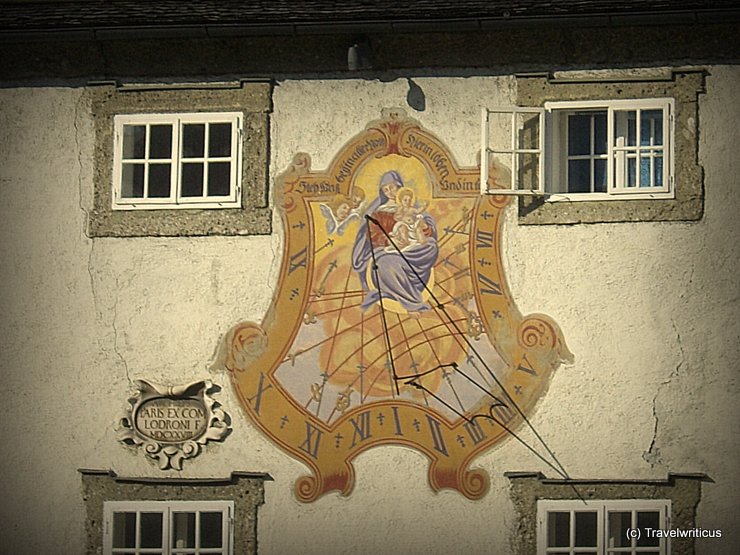
The Zeugwartstöckl in Salzburg is the surviving guardhouse of the demolished Michaelstor (Michael Gate). It stands between Mozartplatz and Rudolfskai. You see this sundial, dating back to 1628, on the facade facing Mozartplatz. [German]
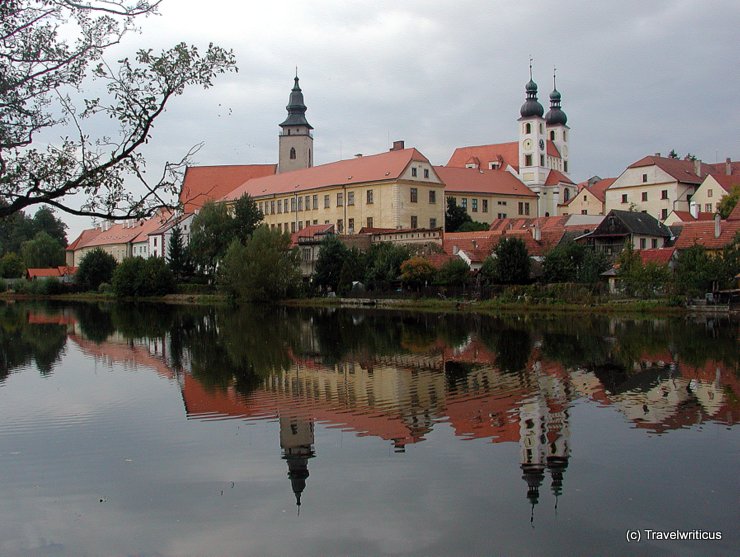
Together with the Štěpnický Pond, the Ulický Pond surrounds the UNESCO World Heritage Site of Telč. During my walk, the steeples of the churches Kostel svatého Jakuba Staršího and Kostel Jména Ježíš reflected in its water. [German]
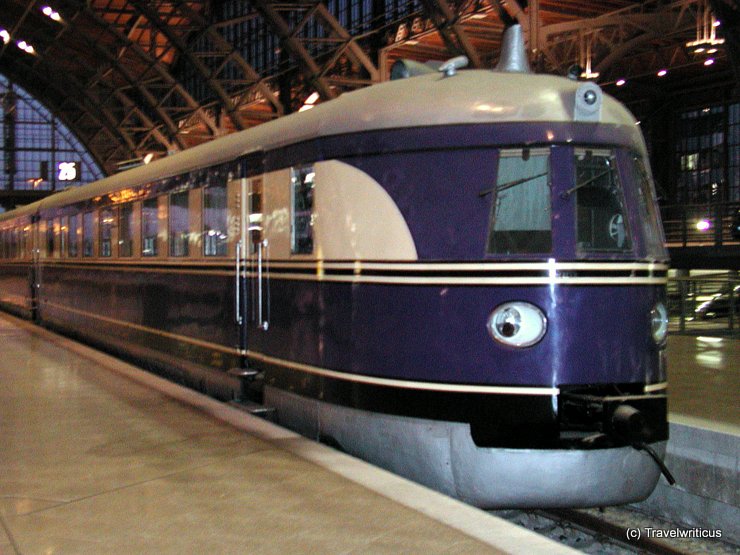
While waiting for my connection train, I came across this DMU (diesel multiple unit) dating back to 1935. Before WWII, it ran as one of the first high-speed trains in Germany. After 1945, the train depicted above (SVT 137 225) operated for the GDR government.
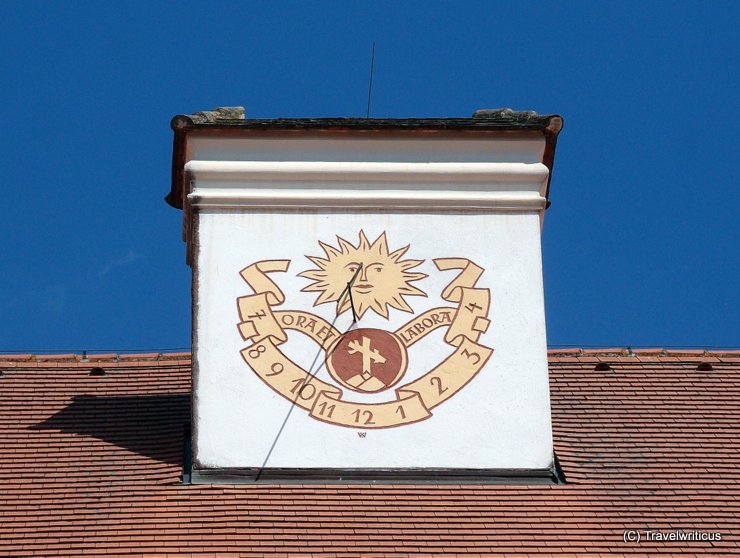
You find this sundial on a chimney of Seitenstetten Abbey (Stift Seitenstetten). This abbey is a large Benedictine monastery in the Austrian region of Mostviertel. The inscription “Ora et Labora” refers to the motto of the Benedictines. It translates into “Pray and Work”. [German]
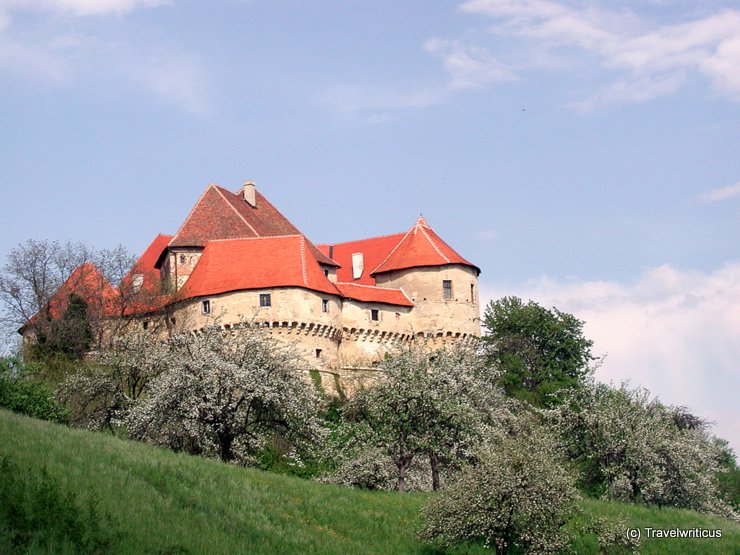
The pic shows Veliki Tabor Castle (Dvor Veliki Tabor) on a sunny spring day. The oldest part of this building is a five-cornered tower dating back to the 15th century. For many years, it was the home of the Croatian painter Oton Iveković. [German]
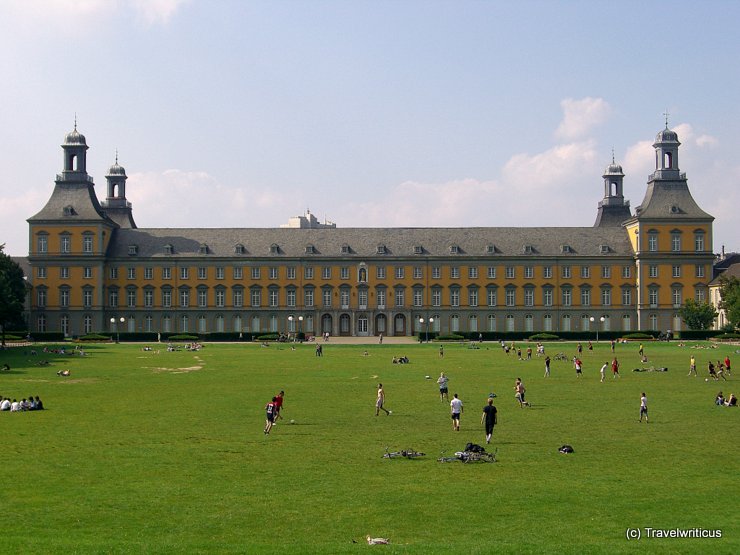
The Electoral Palace (Kurfürstliches Schloss) in Bonn was the former residential palace of the Prince-Electors of Cologne. Where the Prince-Electory used to walk in a beautiful garden, young people play football these days. [German]
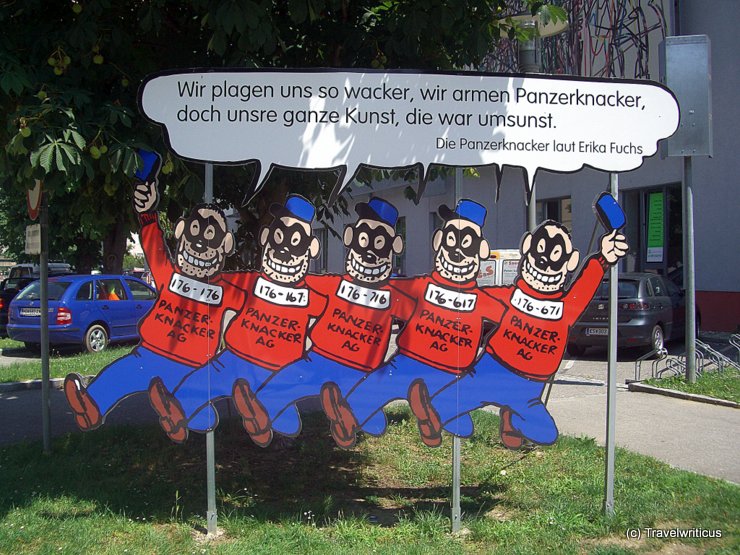
While heading to a Caricature Museum in Krems, I came across this depiction of the Beagle Boys. Its title mentioned Erika Fuchs, who became famous for translating comic stories. Fun fact: This piece stood opposite a jail. [German]
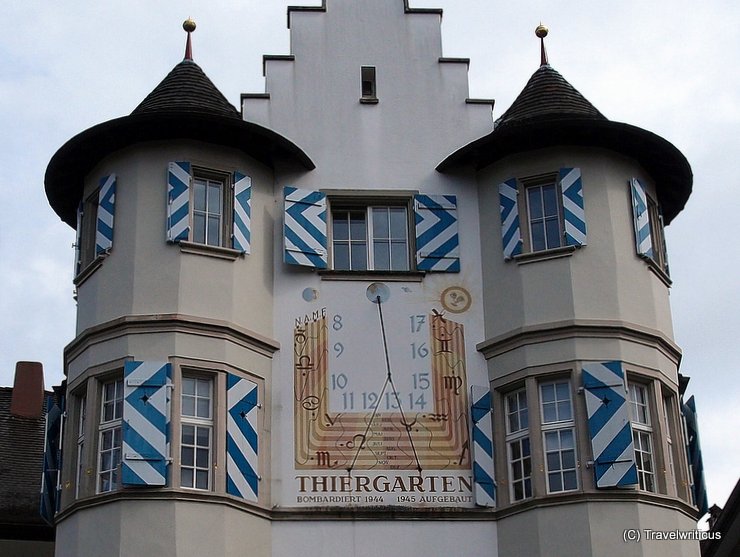
After visiting the Museum zu Allerheiligen, I came across this sundial at the Thiergarten building. Its inscription surprised me. It told me that an air raid destroyed this building in 1944.
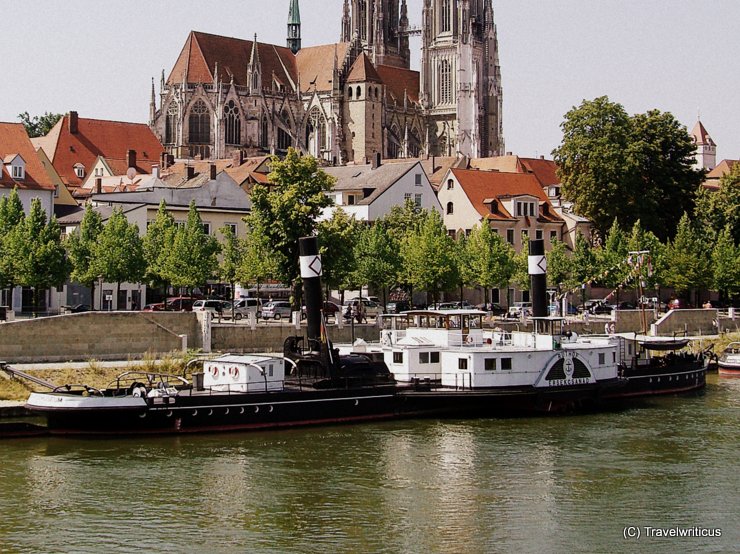
This steam tugboat saw its completion in 1922/23 at the shipyard Ruthof in Regensburg. Originally named Ruthof, it was renamed Érsekcsanád after World War II. Today it is part of the Danube Navigation Museum Regensburg.
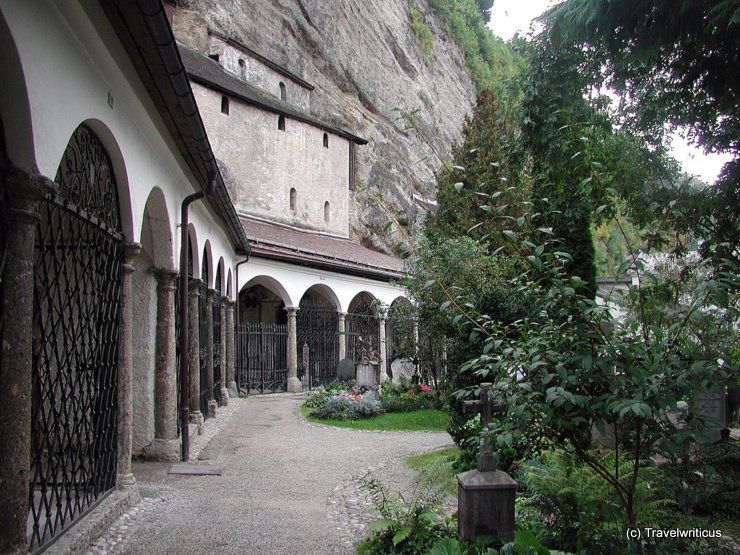
The cemetery of St. Peter (Petersfriedhof) is not only one of the oldest cemeteries of Salzburg but was also a set in the American movie ‘Sound of Music’. The small windows along the rock are part of the so-called catacombs.
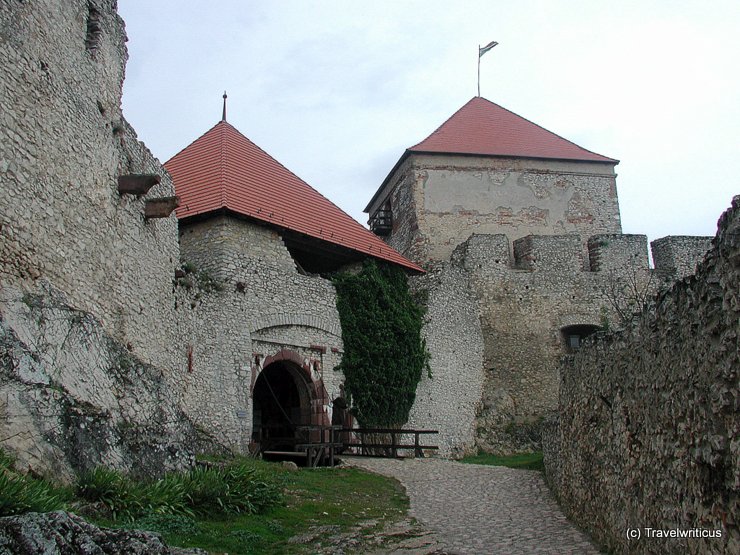
Sümeg Castle (Sümeg Vár) is one of the most well-preserved fortresses in Hungary. It was built in the mid or late 13th century by Béla IV of Hungary. Today the elongated castle high over the town of Sümeg is a venue for tournaments and cultural events. [German]